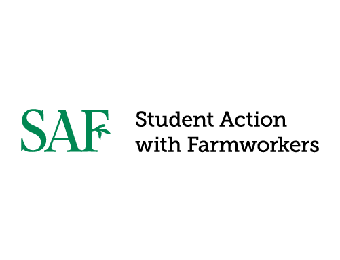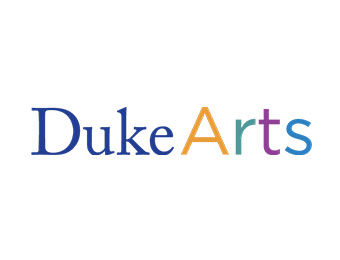Additional support provided by the Office of the Dean of the Humanities and Duke Student Affairs.

Farmworkers in North Carolina
A collaboration between students and immigrant artist Cornelio Campos to create a mural showing the struggles, contributions, and histories of the Native American, Black, and Hispanic communities in farm work around North Carolina and the United States.
About the Project
This project is a collaboration between local artist Cornelio Campos, Charlie Thompson, a professor of Documentary Studies and Cultural Anthropology at Duke, and students in Thompson’s Fall 2018 class, Farmworkers in North Carolina. As part of their coursework, the students researched the history of the Native American, African American, and Hispanic communities’ involvement in North Carolina agriculture. Ideas for respectful and powerful imagery that emerged from the study of that history, with all its ethical downfalls, will be the basis for a mural that Campos will create during a residency in the Ruby.
The students’ work depended on the visionary and artistic assistance of Cornelio Campos—a former North Carolina farmworker himself. It also relied on the historical and cultural consultation of agricultural educators Vivette Jeffries-Logan and Justin Robinson. Student Action with Farmworkers and the Duke Campus Farm have been key collaborators, as well. The project is an extension of the advocacy and education programs relating to farmworkers and agriculture by both groups.
The students involved in this project are Lydia Hendrick, Katie Waeldner, Marivi Howell-Arza, Sujeiry Jimenez, Erick Aguilar Ramos, Cristian Santiago, Henry Kohn, Shom Tiwari, Katie Nelson, and Bella Letourneau.
About the Artist

Cornelio Campos was born in August 1971, in the state of Michoacán, Mexico, to a family belonging to the indigenous Mexican group know as the Tarascos. He showed such artistic talent and initiative as a child that he was taken under the wing of a local artist. After finishing high school, he emigrated to the U.S., settling amongst family in the Los Angeles area, where he was able to support himself making paintings on commission. Two years later, he moved to North Carolina, where he had to set painting aside and make his living as a farmworker.
After a difficult decade when he was unable to make art, he became a U.S. citizen by marriage, began working as an electrician, and was able to to take up painting again. His focus as an artist has changed from landscapes—his specialty in his youth—to political issues, including immigration, and his Mexican heritage, especially the culture of Michoacán. He believes that this sense of purpose is the basis for his success.
Campos’ paintings have been exhibited at the University of North Carolina at Chapel Hill, Duke University, North Carolina State University, and the Museum of American Indian Art.






